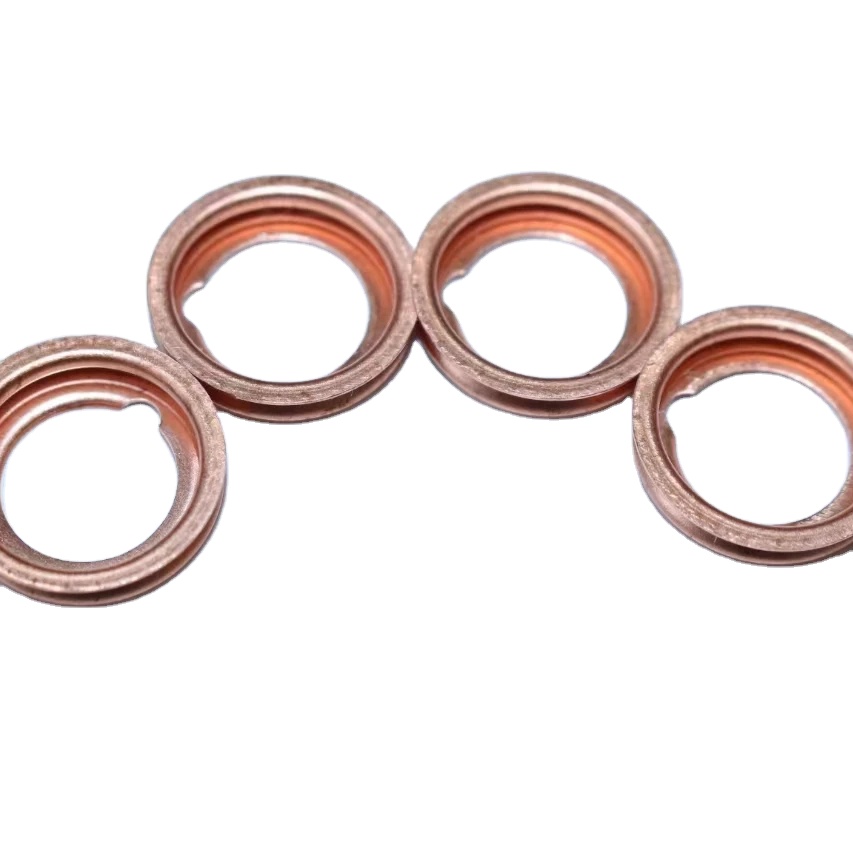inner hub seal
The Importance of Inner Hub Seals in Mechanical Applications
In the world of mechanical engineering and automotive design, the efficiency and longevity of machinery are paramount. Among the various components that contribute to optimal performance, inner hub seals play a critical role. These seals, often overlooked, provide essential functions that help maintain the integrity of rotating assemblies.
Inner hub seals are specifically designed to prevent the ingress of contaminants such as dirt, dust, and moisture into the critical areas of machinery. By doing so, they help to protect bearings and other essential components from premature wear and tear. The presence of foreign particles can lead to mechanical failures, which can result in costly downtime and repairs. Thus, ensuring that these seals are in good condition is vital for maintaining the overall health of the machinery.
One of the primary functions of inner hub seals is to retain lubricants within the system. In many mechanical applications, lubrication is necessary to reduce friction between moving parts, thereby enhancing efficiency and minimizing energy consumption. If the lubricant leaks out, the components can experience increased friction, leading to higher operating temperatures and, ultimately, failure. Inner hub seals preserve the lubrication by effectively sealing the interface between the stationary and rotating parts, thus ensuring that all moving elements are adequately lubricated.
Moreover, the design and material choice for inner hub seals significantly influence their performance
. Typically, these seals are made from elastomeric materials such as rubber or polyurethane, which provide flexibility and resilience. Different applications may require seals that can withstand high temperatures, adverse weather conditions, or exposure to chemicals. As technology advances, manufacturers are developing new materials that provide enhanced durability and performance under various conditions.inner hub seal

Installation and maintenance of inner hub seals are also critical aspects that should not be neglected. Proper installation is necessary to ensure that the seal functions as intended. Misalignment or improper seating can lead to premature failure and leakage. Regular inspection is equally important; worn or damaged seals can be identified early, allowing for timely replacements that prevent further damage to the machinery.
In automotive applications, inner hub seals are particularly vital. They are commonly found in wheel hubs, axles, and various driveline components. The performance of these seals is essential for maintaining proper wheel alignment and ensuring effective braking systems. A failure in the inner hub seal can lead to catastrophic results, including loss of vehicle control. Therefore, automotive designers place a high priority on the selection and testing of inner hub seals.
Environmental conditions also play a role in the longevity of inner hub seals. Operating in harsh environments with extreme temperatures, exposure to moisture, or abrasive materials can compromise the seal’s integrity. Therefore, selecting seals designed for specific operating conditions is essential. Additionally, advancements in technology have led to the development of seals with improved resistance to environmental factors, extending their service life.
In conclusion, inner hub seals are a fundamental component of many mechanical systems, particularly in automotive engineering. Their primary functions of preventing contamination and retaining lubrication are crucial to ensuring the long-term durability and efficiency of machinery. As technology continues to evolve, the materials and designs used to produce inner hub seals are becoming more sophisticated, providing enhanced performance in demanding conditions. To maximize the benefits of inner hub seals, proper installation, maintenance, and selection based on the application are vital. As industries continue to strive for greater efficiency and reliability, the significance of inner hub seals will only grow, underscoring their importance in modern mechanical engineering.
-
The Ultimate Guide to Boat Propeller Bearings and Trailer Wheel Bearings
News Jul.31,2025
-
The Essential Guide to Marine Bearings and Boat Trailer Wheel Bearings
News Jul.31,2025
-
The Complete Guide to Heavy Duty Seals: Protecting Doors and Spaces Efficiently
News Jul.31,2025
-
Essential Guide to Marine Shaft Bearings and Boat Trailer Axle Bearings
News Jul.31,2025
-
Comprehensive Guide to Marine and Trailer Bearings for Safe Boating and Transport
News Jul.31,2025
-
Comprehensive Guide to Automotive Oil Seals: Protecting Your Engine and Shafts
News Jul.31,2025
-
Understanding Automotive Oil Seals: Essential Components for Engine and Shaft Protection
News Jul.30,2025
Products categories















